Expanding Families with Frozen Embryo Transfer: The Role of Frozen Embryos in Assisted Reproduction
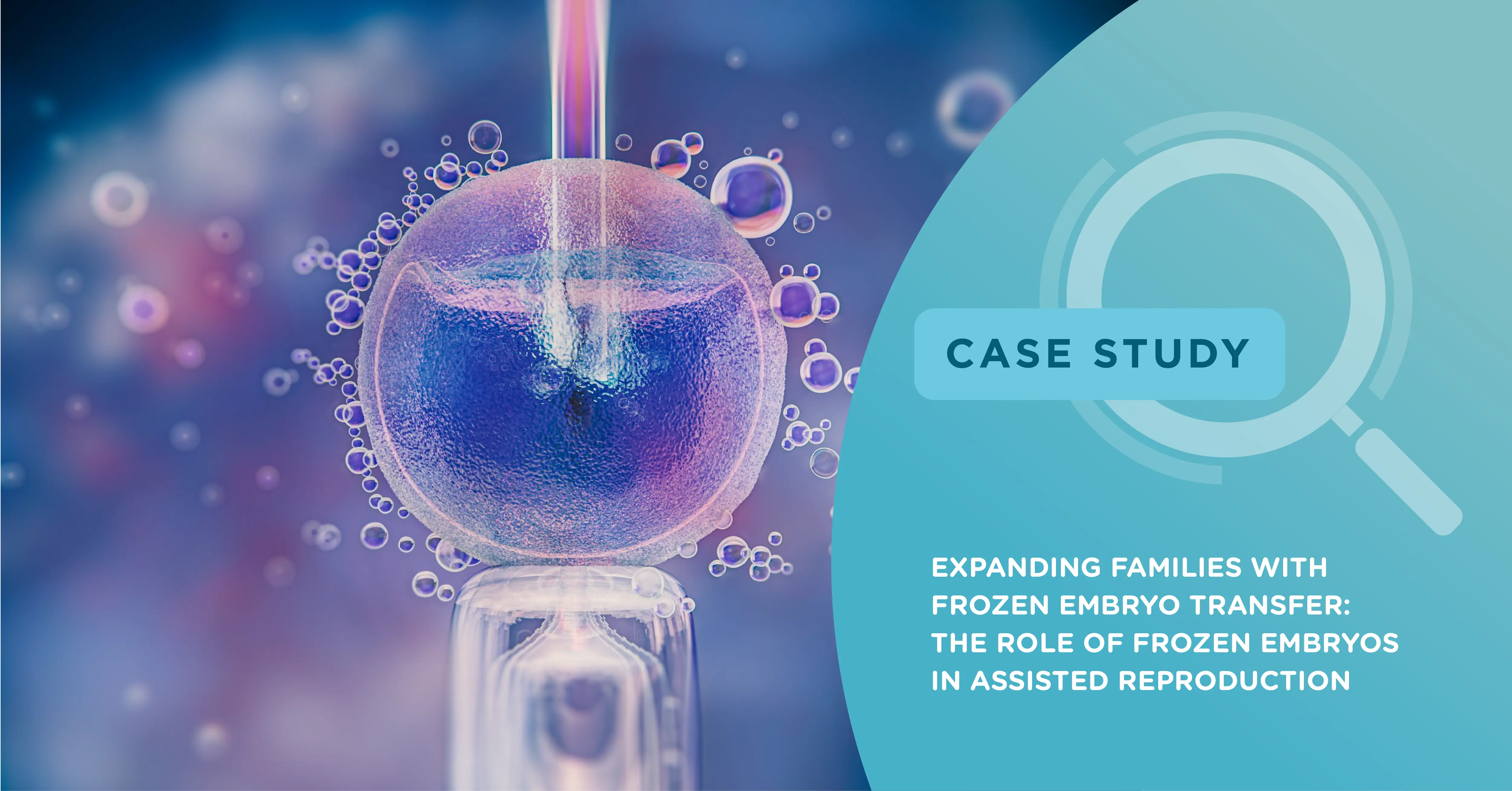
A married couple had been trying to conceive for several years without success. Their journey to parenthood took a hopeful turn when they learned about Testicular Sperm Aspiration (TESA), a procedure designed to retrieve sperm directly from the testes. After the procedure, the couple were overjoyed to discover that the wife conceived with their first child. During this procedure, they freeze some of their embryos and then store frozen embryos for later use.
What is Testicular Sperm Aspiration (TESA)?
TESA is a minimally invasive testicular biopsy using needle aspiration used to address certain types of male infertility, particularly in situations where sperm are not present in the ejaculate, a condition known as azoospermia. TESA is particularly relevant for men with non-obstructive azoospermia, where the problem lies in sperm production rather than a blockage in the reproductive tract.
Overview of TESA
TESA involves the direct aspiration of sperm from the testes. Unlike the more invasive surgical methods of sperm retrieval, TESA is a less invasive procedure that typically involves inserting a needle directly into the testicles to extract the sperm.
If there are no sperm in the ejaculate (azoospermia) or if the sperm have died, TESA retrieves good quality sperm directly from the testis, which can be used for microinjection of eggs in In-Vitro fertilization-microinsemination (IVF-ICSI) cycles or frozen for use in later cycles.
Details of the TESA Procedure
The TESA procedure is usually performed in a fertility centre under local or general anaesthesia, depending on the patient's comfort and the fertility consultant's recommendations. A fine needle is inserted into the testicle, and suction is applied to extract the tissue containing the sperm. The procedure is relatively quick and often takes only a few minutes.
Applications in Assisted Reproduction Techniques (ARTs)
Sperm retrieved by TESA are used in ARTs, such as IVF and ICSI. In ICSI, a single sperm is injected directly into the egg. This is particularly useful in cases where the number of sperm is very low or the sperm have limited mobility.
Fertility Consultation for a Second Child
After a gap of 4 years from the birth of the first child, the couple decided to expand their family and had a fertility consultation with Dr. Krithika Devi, a fertility specialist at Nova IVF MRC Nagar, Chennai to undergo fertility treatment for their second child using frozen embryos. The couple were thrilled that the previously frozen embryos were successfully implanted and could be used for ARTs.
What is Frozen Embryo Transfer (FET)?
FET is a key component of ART and offers an effective solution for individuals and couples struggling with infertility or other reproductive challenges.
Understanding FET
FET is a medical procedure in which previously cryopreserved embryos are thawed and transferred into a woman's uterus to achieve pregnancy. This technique has gained popularity for several reasons:
Storage of Surplus Embryos
Fertility treatments often produce more embryos than can be used in a single cycle. FET allows these excess embryos to be stored, reducing the need for repeated ovarian stimulation and egg retrieval.
Increased Success Rates
FET increases the chances of a successful pregnancy. This is because the uterine lining is not adversely affected by the drugs used in the ART process.
Time flexibility
FET offers flexibility in scheduling embryo transfers, allowing fertility consultants to optimise timing to align with the woman's natural menstrual cycle, leading to higher success rates.
Key Steps of the FET Process
The FET process involves several key steps:
Cryopreservation of Embryos:
Surplus embryos are cryopreserved by means of vitrification, a rapid freezing technique that minimises the formation of ice crystals and damage to the embryos.
Embryo Thawing:
Cryopreserved embryos are thawed under controlled conditions to ensure their viability.
Uterine Preparation:
The woman's uterine lining is prepared for embryo transfer using hormone therapy. The aim is to create an optimal environment for embryo implantation.
Embryo Transfer:
Once the uterine lining is deemed suitable, one or more thawed embryos are brought to a physiological temperature (37°) and are carefully transferred into the woman's uterus via a thin catheter.
Monitoring and Pregnancy Tests:
After embryo transfer, the wife is closely monitored for signs of pregnancy. A blood test is usually carried out about two weeks after the transfer to confirm pregnancy.
Frozen Embryos: A Lifeline in the Journey to Parenthood
The emotional journey of preserving and later transferring the embryo underscored the deep commitment of the couple in growing their family. Filled with gratitude, the couple embraced the arrival of their newest member with the innovation and support of Dr. Krithika Devi, the fertility Consultant at Nova IVF MRC Nagar, Chennai cherishing the unique story of their children's beginnings. Ultimately, FET stands as a testament to human ingenuity, providing a beacon of hope and a tangible means to achieve the dream of creating a family.
 Infertility Counselling
Infertility Counselling Female Infertility Treatment
Female Infertility Treatment Andrology Treatment
Andrology Treatment Fertility Enhancing Surgeries - Female
Fertility Enhancing Surgeries - Female Fertility Enhancing Surgeries - Male
Fertility Enhancing Surgeries - Male Endoscopy Treatment
Endoscopy Treatment IUI Treatment
IUI Treatment IVF Treatment
IVF Treatment ICSI Treatment
ICSI Treatment Advanced IVF Solutions
Advanced IVF Solutions Embryology
Embryology Vitrification Egg, Embryo, Sperm Freezing
Vitrification Egg, Embryo, Sperm Freezing Preimplantation Genetic Testing (PGT)
Preimplantation Genetic Testing (PGT) Donation Program Embryo / Egg / Sperm
Donation Program Embryo / Egg / Sperm Self-cycleTM IVF
Self-cycleTM IVF

 Self-cycleTM IVF
Self-cycleTM IVF


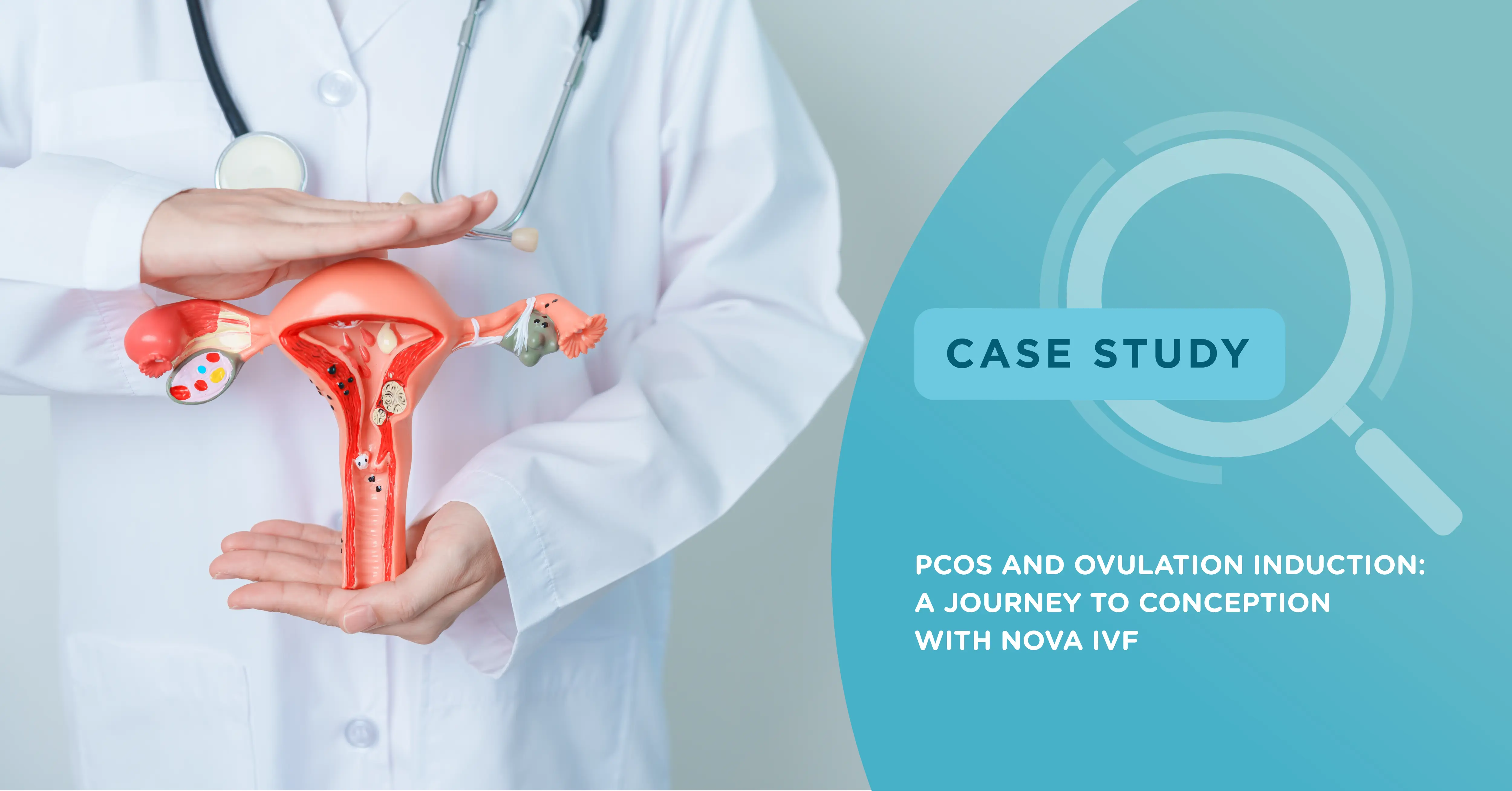
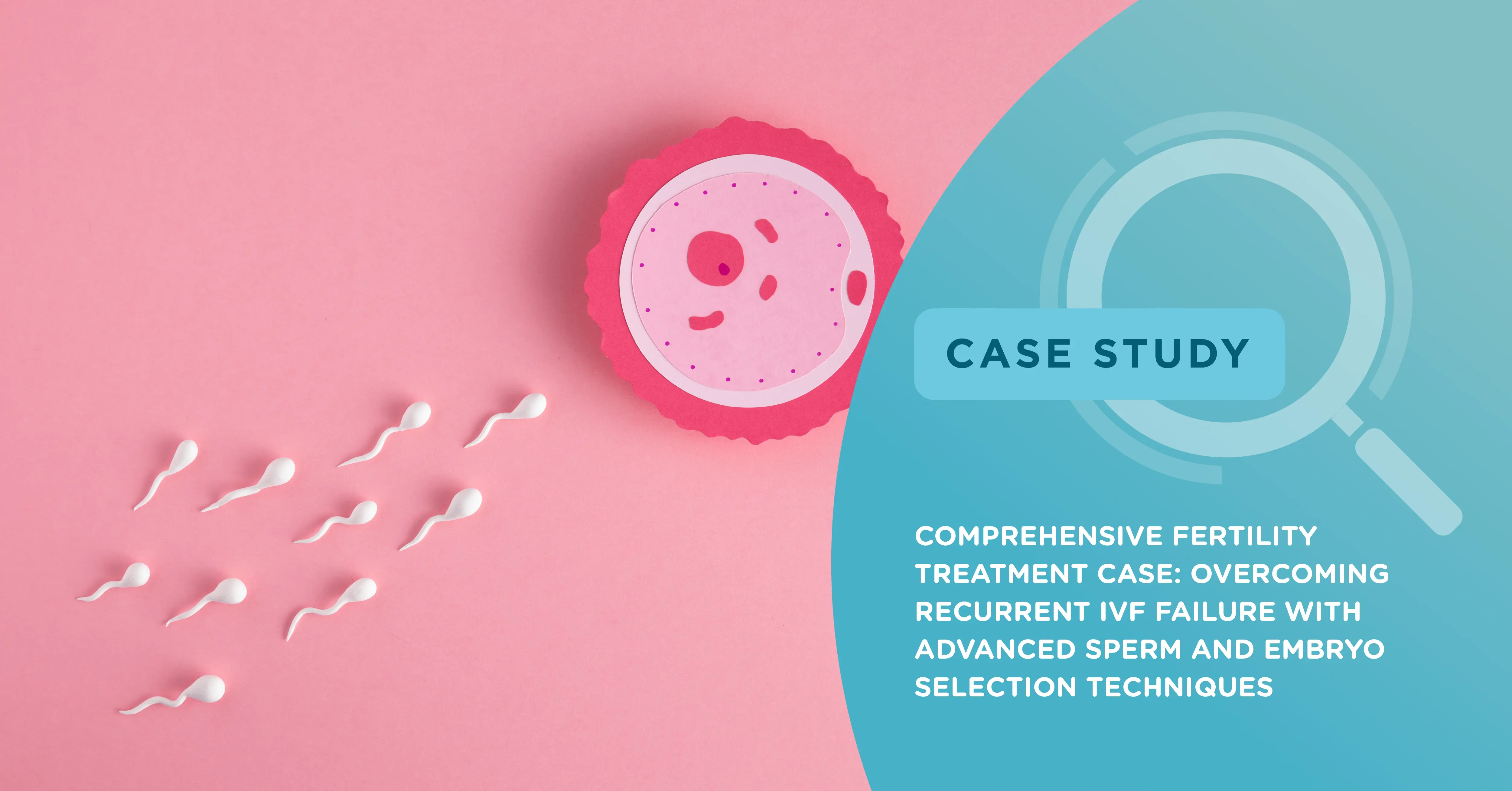
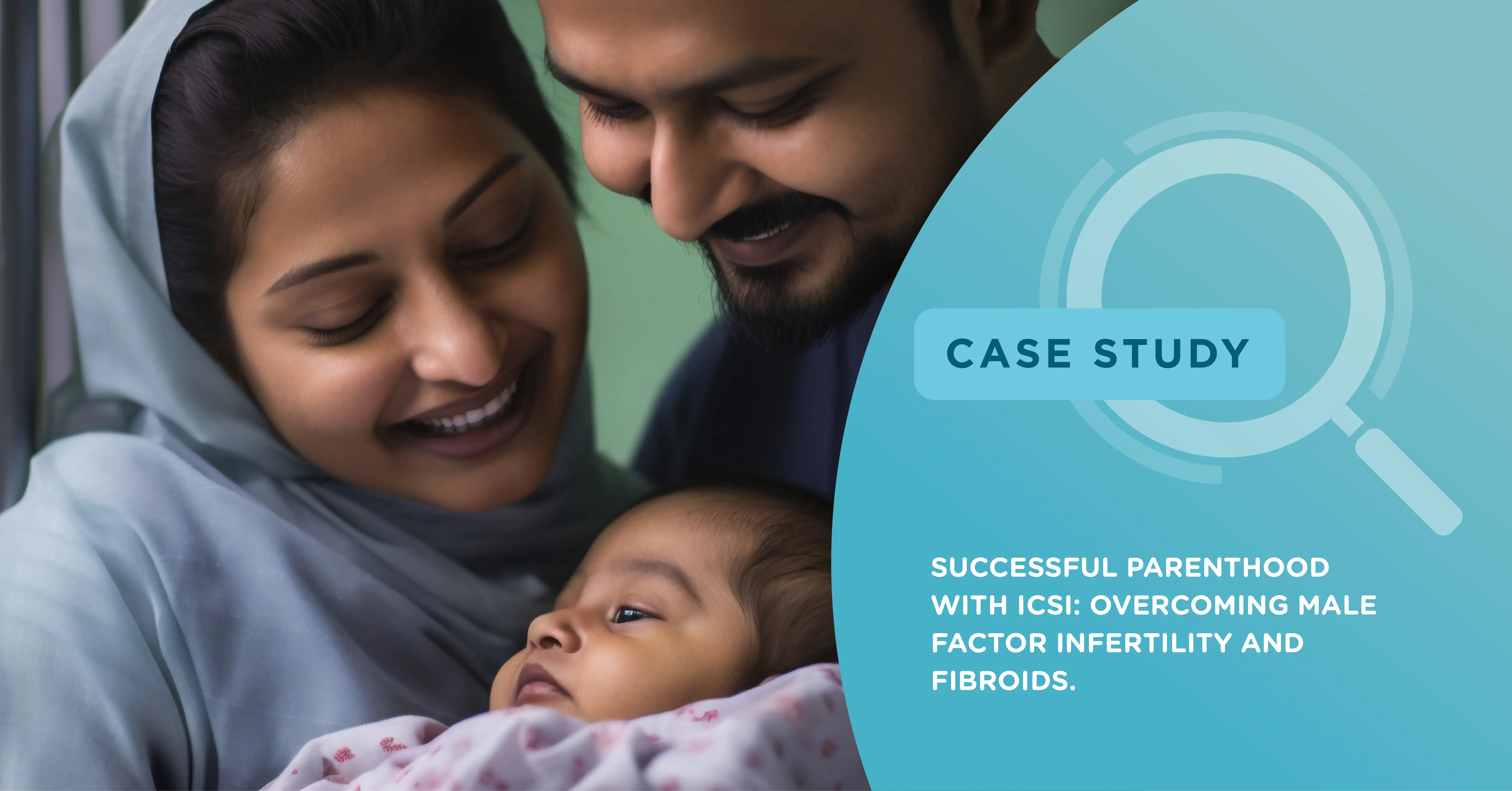


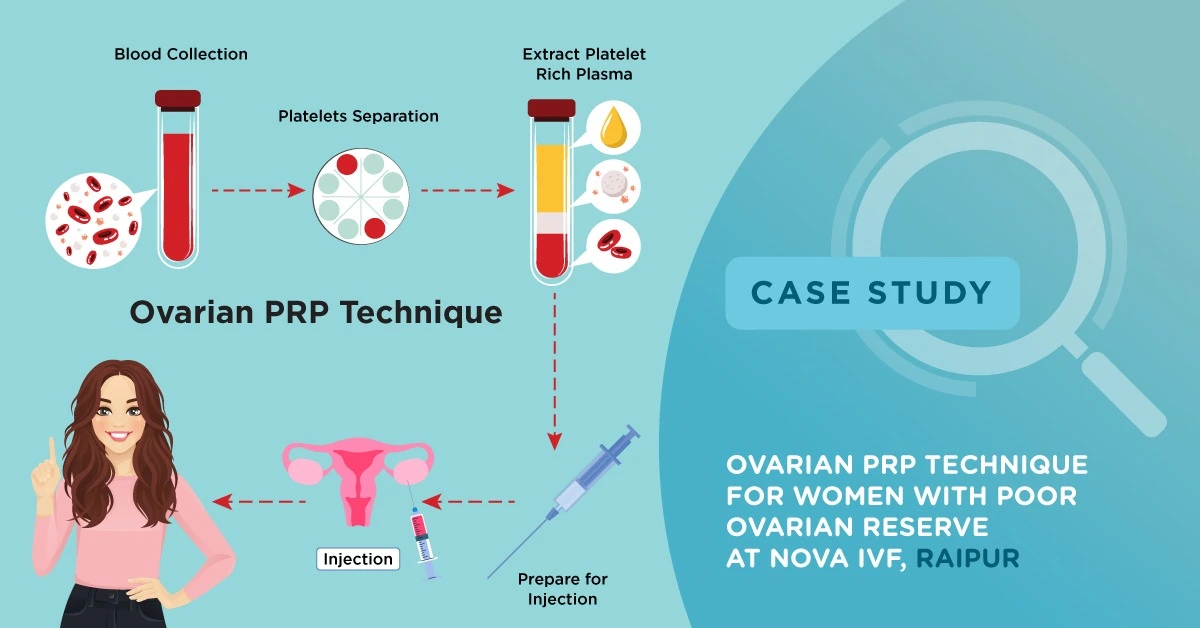
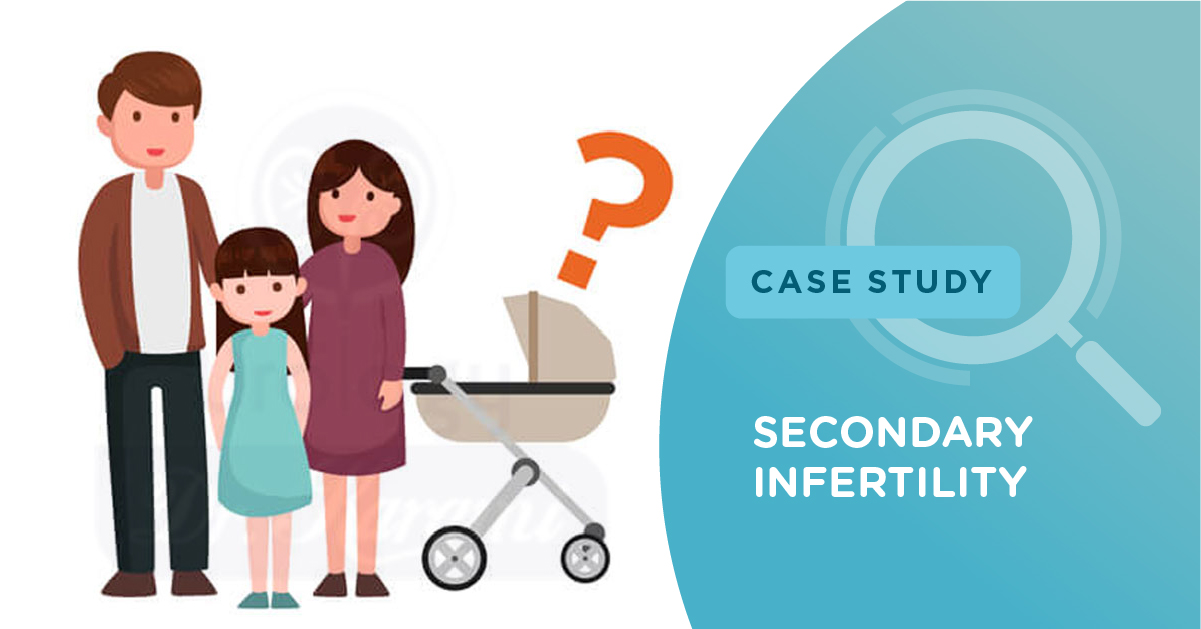
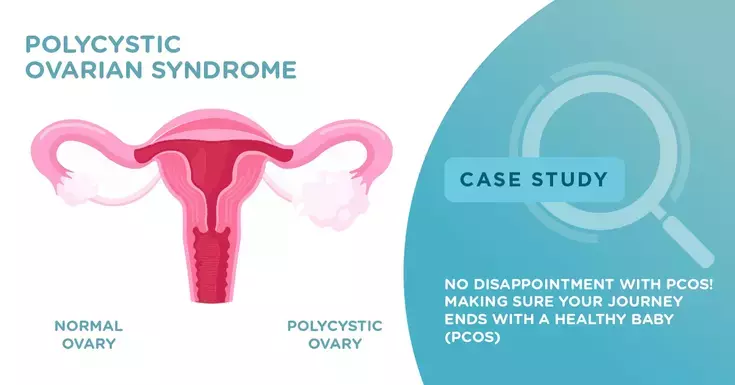






Add new comment